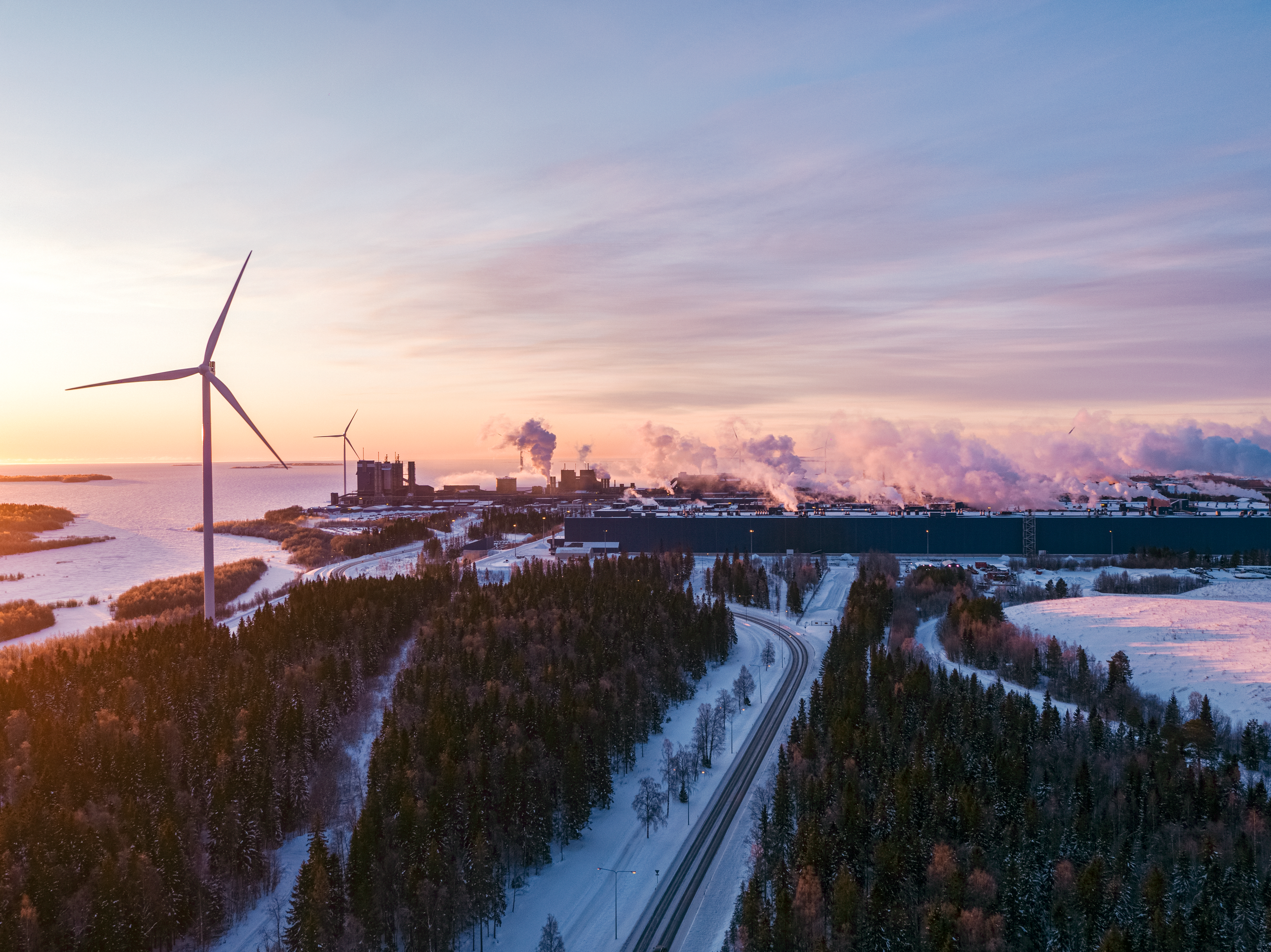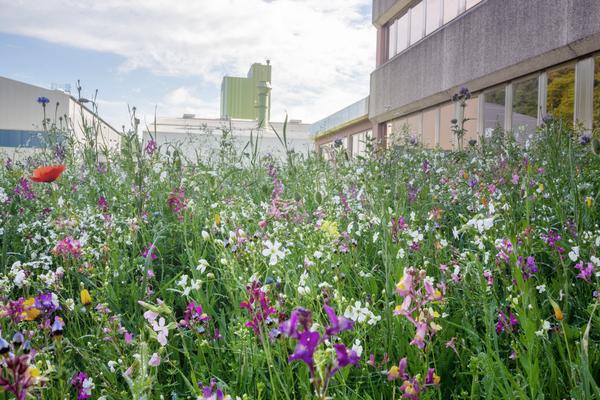
Protecting the climate
We are committed to limiting global warming to below 1.5°C. By working closely with our customers, we help them to develop solutions that further decrease their carbon footprint and reduce burden on climate.
Outokumpu’s carbon footprint is 75% lower than the global industry average. Key reasons are for our low carbon footprint are our own ferrochrome, high recycled content and the use of low carbon electricity.
Outokumpu publishes environmental product declarations (EPDs) on its main products using life cycle inventory data. This means our customers are able to calculate the sustainability performance of their product life cycles.
Science Based Targets initiative
We are committed to the Science Based Targets initiative's ambition of keeping global warming below 1.5°C.
The approval of the Science Based Targets initiative for our climate targets means that the targets are aligned with keeping global warming below 1.5°C and meet the goals of the Paris Agreement. Outokumpu is the only stainless steel producer to have climate targets approved by the Science Based Targets initiative.
Outokumpu’s new near-term science-based target is to reduce direct and indirect emissions as well as its supply chain emissions (scopes 1, 2 and 3) by 42% per tonne of stainless steel by 2030 from a 2016 base year. The new target marks a further 30% reduction from the 2020 level. The updated targets cover Outokumpu’s value chain from raw materials to own production and delivery.
Energy efficiency
Improving the energy efficiency of our operations is one of the main drivers to achieve our ambitious climate targets as the production of stainless steel is energy intensive.
We are determined to make our operations more energy efficient by maximizing the use of electricity with a low carbon footprint in our operations. In 2022, over 85% of our electricity sources came from low-carbon (renewable and nuclear) sources.
The largest energy-saving potential lies in the use of process gas or CO gas from ferrochrome production, the recovery of waste heat, improved process integration and improved efficiency in using raw materials.
In all new investments or replacement investments, energy efficiency is improved and energy saving is a target. We also systematically monitor and analyse energy consumption.
Circular economy
Outokumpu uses high amounts of recycled materials. Currently, Outokumpu's rate of recycled content is the highest in the industry, over 90%.
Stainless steel is endlessly recyclable without any loss in quality. It is also the most efficient way to reduce the environmental impact of production processes enabling us to produce sustainable stainless steel. So, we continuously aim for higher recycling rates in our operations.

Environmental impacts
Protecting the environment in the locations where we operate is our highest priority and a part of our licence to operate. We have made significant investments in environmental protection over the past years and we will continue to develop our processes even further. We aim to have a minimal impact on nature and biodiversity.
The most substantial environmental impacts that result from the production of stainless steel include emissions of dust and particles into the air, discharges of water from production plants, and direct and indirect energy consumption during production.
Biodiversity
Outokumpu is committed to supporting biodiversity and takes it in consideration in its decision-making. The main way for Outokumpu to contribute to maintaining biodiversity globally is through the reduction of greenhouse gas emissions. The production of stainless steel does not occupy or reserve large areas of land or have a significant effect on the biodiversity of the surrounding natural environment.
However, Outokumpu has identified high biodiversity areas that are owned by the company or that are adjacent to our sites. The current operational sites with these areas include Calvert, Alabama in the US, Dahlerbrück in Germany, as well as Kemi and Tornio in Finland. These sites count for about 80% of total owned land, and no negative impacts have been documented in impact studies.
